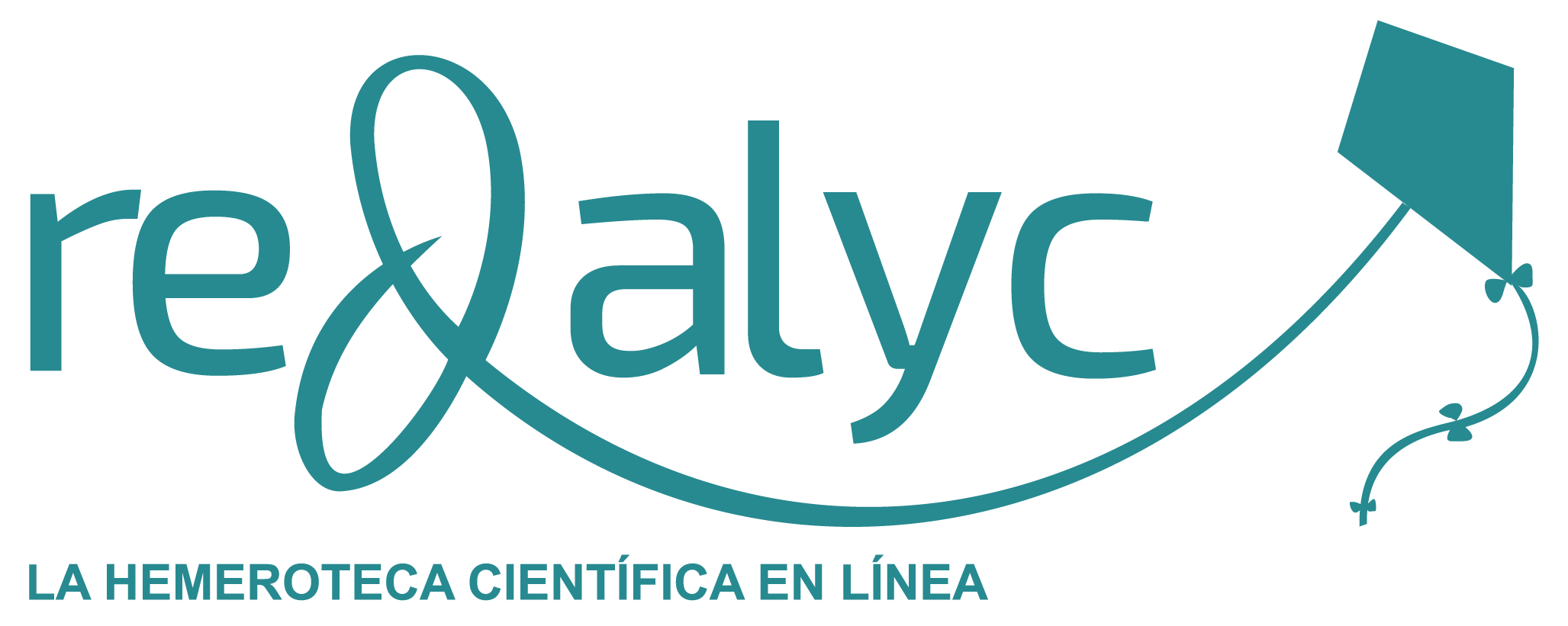Bt crops have been incorporated in South America more than 20 years ago and their use has increased sharply since then. However, the potential negative environmental effects are still a concern, specifically the impacts on non-target arthropod species. The objective of this work was to determine if the effects of Bt soybean are limited to the removal of the larvae of target Lepidoptera species or if they indirectly affect the arthropod community. Bt soybean expressing Cry1Ac toxin and non-Bt soybean were planted under the same environmental and agricultural conditions on two planting dates (early and late planting dates). Neither cultivar received insecticide applications. The abundance of phytophagous insects and predatory arthropods was recorded in each treatment (cultivar × planting date). Moreover, lepidopteran larvae, stink bugs and eggs of both groups were collected and maintained under controlled rearing conditions to record parasitoids. Diversity of the arthropod assemblage, and of the phytophagous and entomophagous subassemblages of each treatment, and similarity between them were estimated with and without the presence of target species and their parasitoids. Range-abundance curves were plotted following the same criteria. Diversity was higher in the non-Bt cultivar than in the Bt one. No clear effect of planting date was detected. High similarity was found among treatments. Our results show that the removal of the target species larvae and their specific parasitoids is sufficient to explain the effect of the Bt soybean on richness and diversity of the arthropod assemblage as well as of the phytophagous and entomophagous subassemblages, with no evidence of additional indirect effects on biodiversity.
Keywords: Bt crops, arthropods, indirect effects.
Contact: Guillot Giraudo, W. guillot.walter@inta.gob.ar











